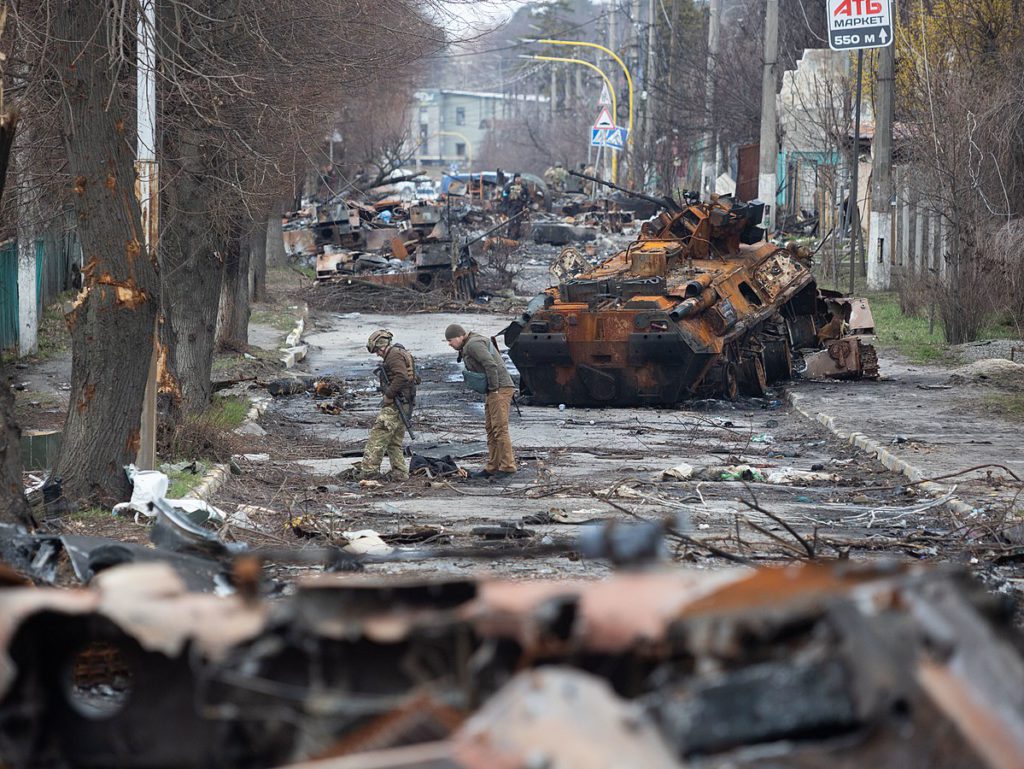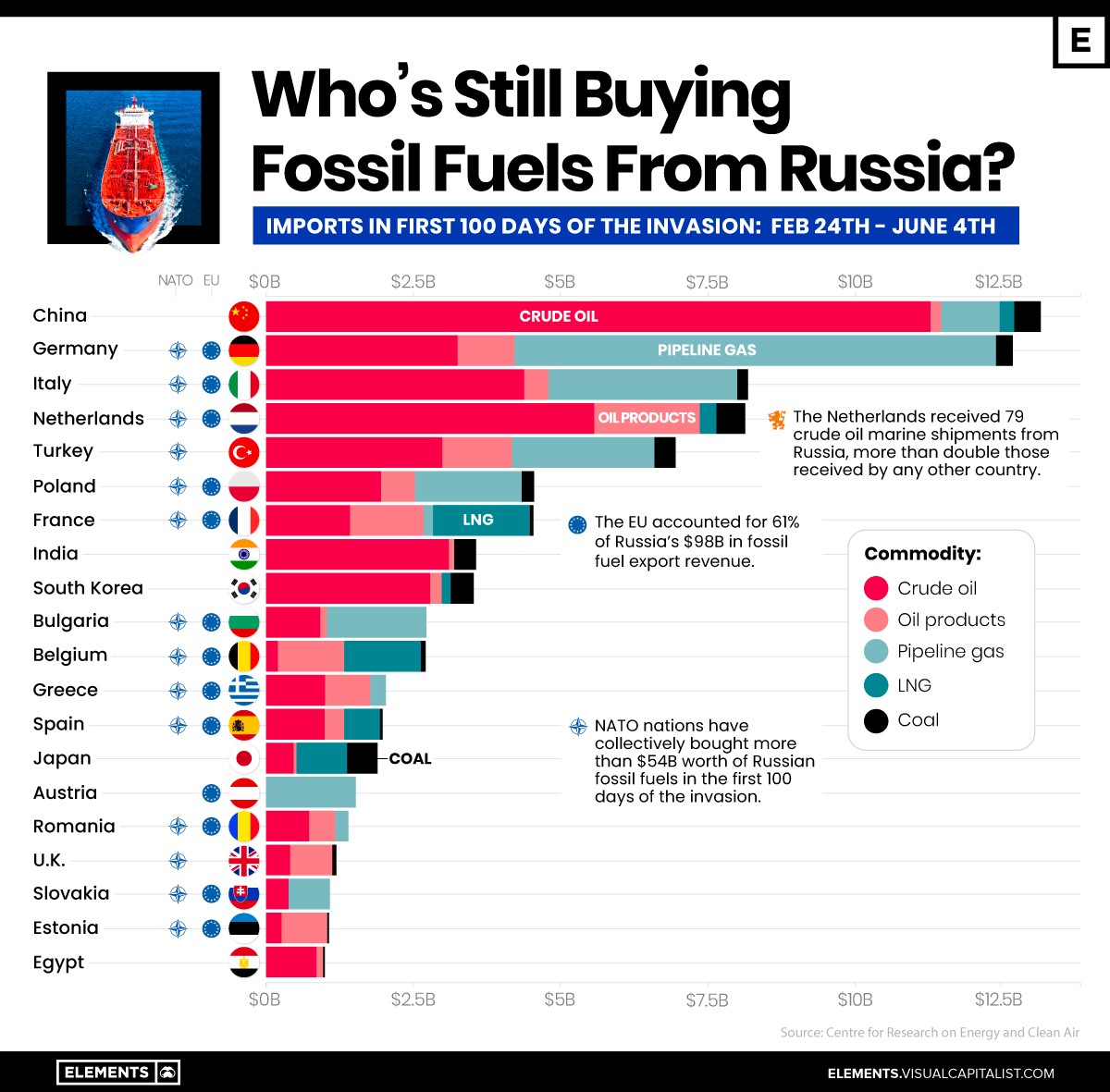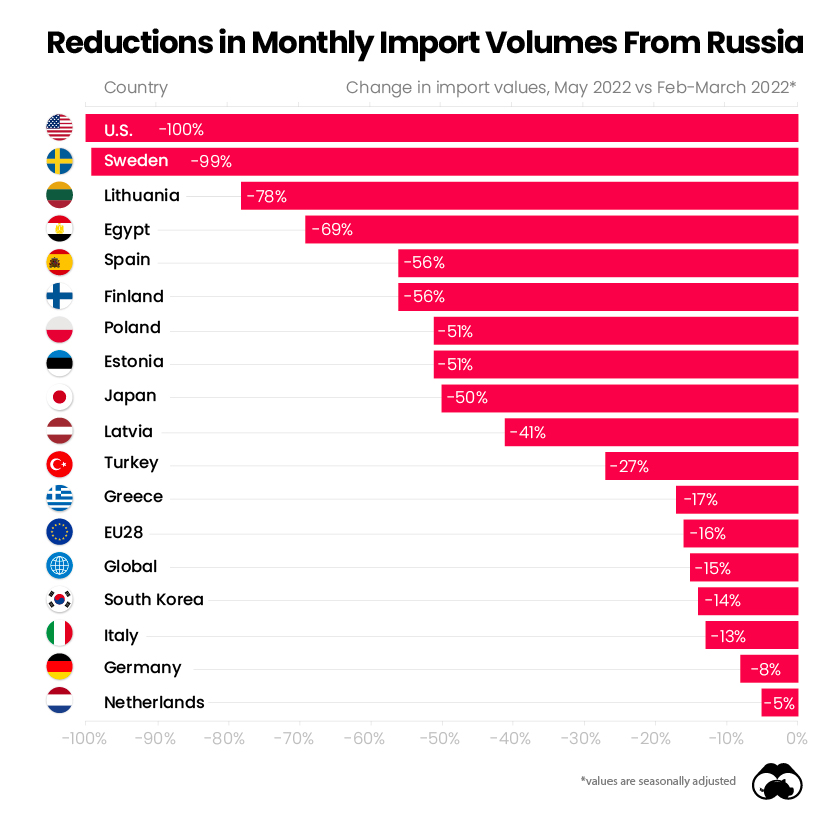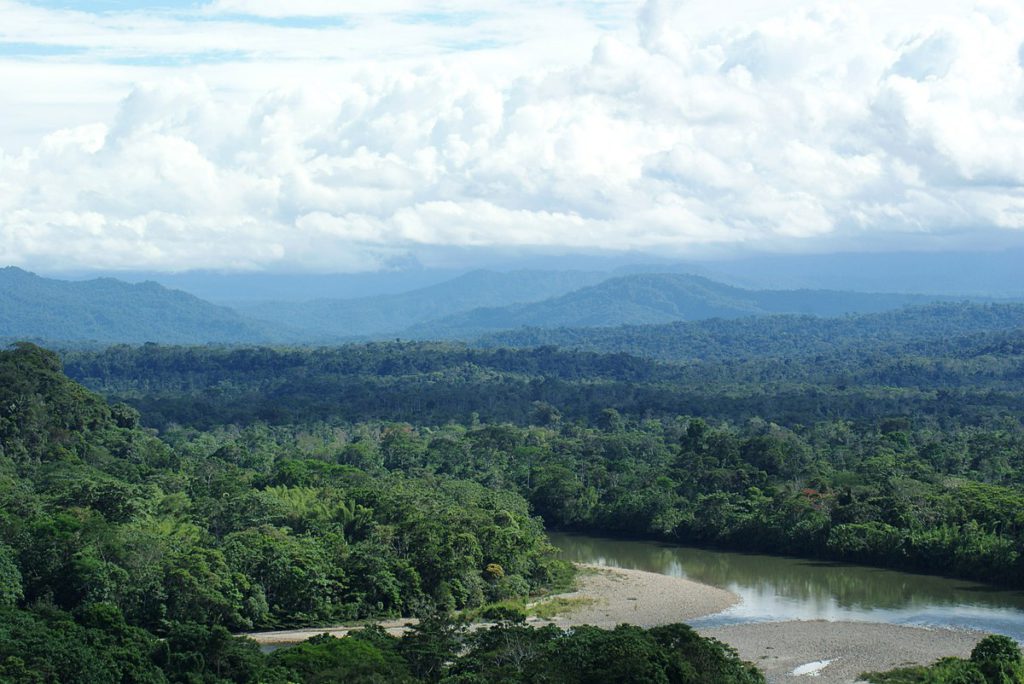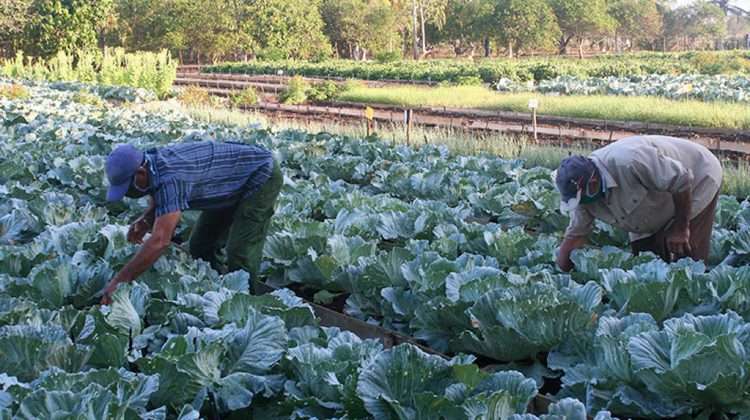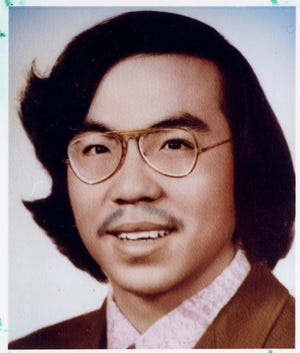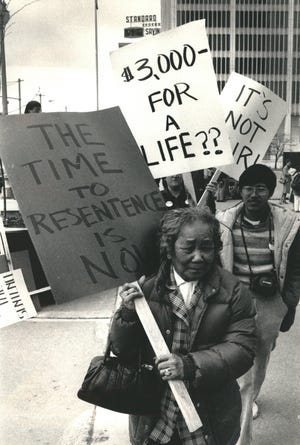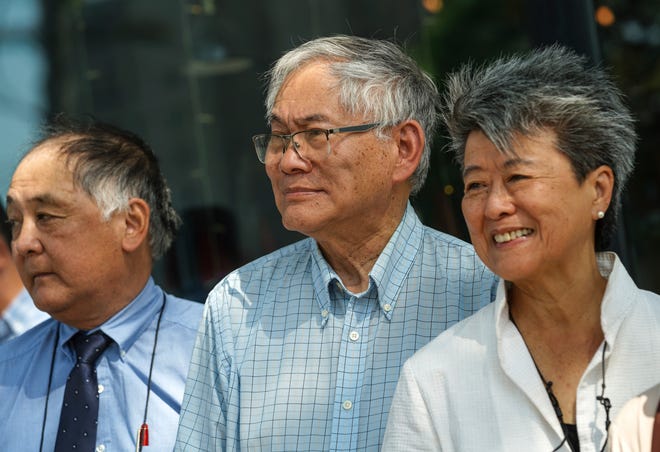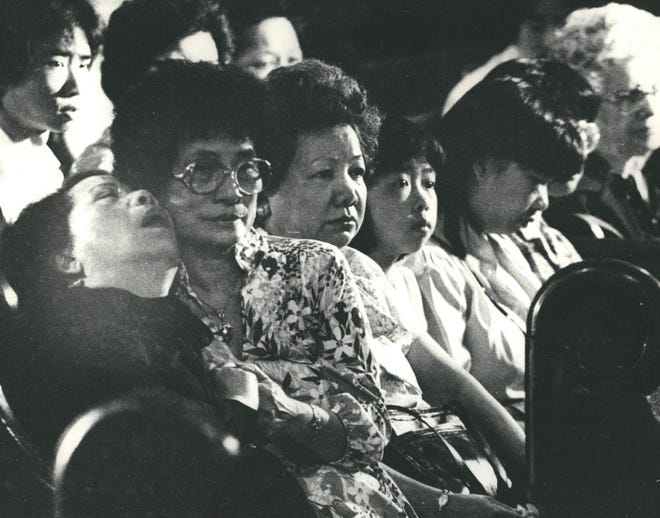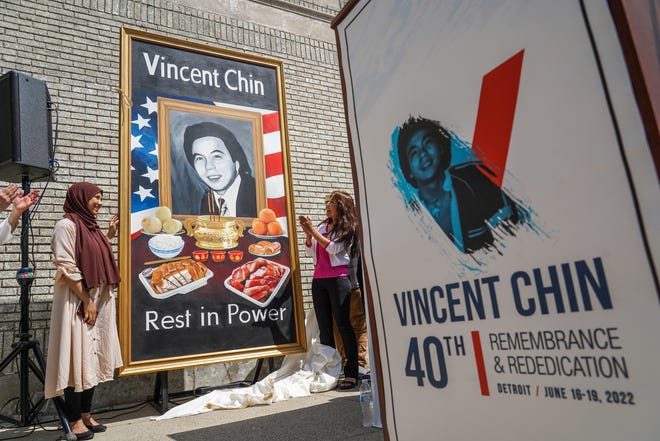Kathryn Mannie -

© LululemonLululemon's "Lightweight Performance Hijab," in poolside blue.
Lululemon has taken a big step towards inclusion in its athletic wear by introducing a new line of performance hijabs designed for working out and playing sports. Two workout hijabs have already been released and a third model is on the way later this year.
The collection was launched on June 7, according to Women's Health Magazine, which also notes that options for workout hijabs are extremely limited.
The headscarves are designed to be light-weight and breathable to maximize comfort during workouts. The hijabs don't need to be used only for sport — they can also be a cool option to beat the summer heat.
Lululemon said that it consulted "hijab wearers across the brand’s global collective" in designing its debut athletic headscarves and that the products offer "adjustable fits and distraction-free features to support guests during their activities of choice and as they move throughout their day."
Both workout hijabs that have been released so far promise to be sweat-wicking, quick-drying, and able to stretch in four ways, according to the Canadian athletic apparel company.
The "Lightweight Performance Hijab" is a sporty, pull-over headscarf that uses Lululemon's Lightweight Luxtreme fabric, which is used in a wide range of Lululemon products from sports bras to leggings. The fabric is billed as "buttery-soft and weightless."
The $42 hijab is available in black and poolside blue and can be purchased in S/M and M/L sizes.
In the product description, Lululemon boasts that this headscarf ensures "comfort and coverage for all the ways you move," and "stays put when you're working out." The company added that it can easily be tucked into a shirt.
The product is designed without a pin so it can be pulled on over the head. The back of the hijab features "soft gathers" that provide extra room to accommodate ponytails and buns. A plastic toggle at the back allows wearers to adjust the hijab's size and fit.
The second Lululemon headscarf to launch is the "scarf-style Hijab" that buyers can nab for $38. This hijab comes in one size only and is 170.18 centimetres by 68.5 centimetres. While the previous product is designed for running and training, this model is best suited for low-intensity workouts.
Lululemon is only offering one colour for this product (heathered black) but it was created with adaptability in mind.
"Tied, twisted, or tucked—the choice of how to wear it is yours. This scarf hijab has enough length to transform into whateve
A third product titled the "OTM Pull-on Hijab," is set to launch later this year and will also feature an over-the-head style.
According to design outlet TAXI, these workout hijabs have been in the making for three years.
What people are saying
Early purchasers of Lululemon's performance hijabs have so far sung its praises.
The "Lightweight Performance Hijab" has netted four reviews from buyers and all have rated it five stars.
One reviewer wrote, "My non-Muslim friend bought me this as a gift and gave (it to) me as a surprise. I was so shocked that this type of thing was even designed! It fits like a glove and feels super comfortable. This is unlike any hijab I've worn during my workouts and I'm so so SO glad that was designed. It's just perfect!!"
"I have no need for one but my heart swells seeing even more availability and inclusivity for everyone," another reviewer wrote. "This just makes me so HAPPY!! Well done Lululemon!"
The "Scarf-style Hijab" has 3.5 stars out of five from two reviews. A five star review praised it for being light-weight but a two-star review said the colour was too dark and the fabric was too heavy for them.
Many of the reviews across the two products called for Lululemon to offer more colour options but according to some social media screenshots, the company may have actually removed a mahogany red option from the "Scarf-style Hijab."
Users denounced the colour choice for being called "mulled wine," since alcohol is considered haraam in Islam and its consumption is forbidden.
Many others were excited by Lululemon's push for inclusion. The Canadian company joins the ranks of Nike, Adidas and Under Armour, which also offer workout hijabs.
